About
The 17th century was the era of the Baroque, a style bringing passion, colour and drama to painting, sculpture, architecture and music. But it was also a turbulent period, with wars and religious crises dividing nations and peoples.
Absolute monarchs used the arts to express their power through portraits and palaces, while newly-rich merchants were creating collections of more modest works; still-life paintings, landscapes and scenes of everyday life. But even these new styles of painting were rich in moral messages and full of details that tell us of a world expanding through science, exploration and commerce.
In this six-week course we shall meet artists such as Caravaggio, Bernini, Rembrandt, Rubens, Poussin, Gentileschi, and Velázquez and explore the tumultuous times in which our modern art world, and our modern art market, were born.
Find out more about 'Stories of art' and upcoming modules
Week 1: A world divided

What was ‘the Baroque’ and how was the style used in the service of popes, princes and kings?
We begin with new ways of making art in a time of religious divide, and meet artists such as Caravaggio, Bernini and Rubens. In the Netherlands different forms of painting were emerging, created for a new middle-class, celebrating their new nation with a new range of subject matter.
Week 2: Portraits and personalities
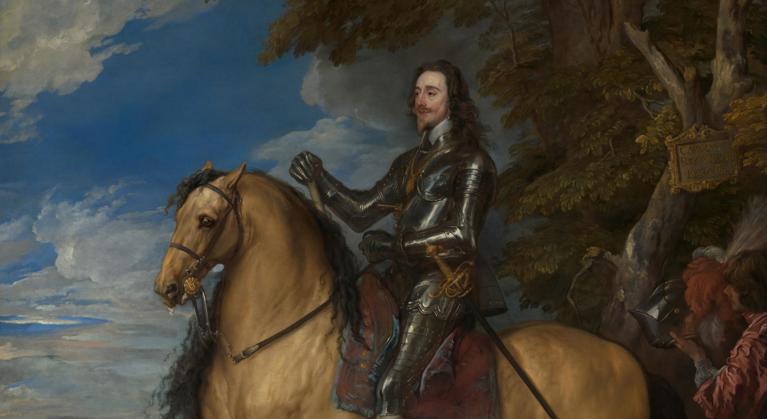
The 17th century was a period of superb portraiture, from grand and theatrical images of monarchs and cardinals to deeply personal depictions by artists of themselves.
This week we will see portraits of every sort, from the ‘swagger’ portraits of Van Dyck to the realism and humour of the Dutch masters and the intimate portrait sketches made by Bernini.
Week 3: Amsterdam rising

After eighty years of war, the Dutch Republic came into being in 1648. A new world of commerce brought wealth to the rising middle-class, who began to commission works of art for their own homes, including still-lives and flower paintings.
Rembrandt, Frans Hals and Vermeer were all part of this vibrant new art scene, creating some of the best loved, and most memorable, images of the 17th century.
Week 4: The Habsburg heritage
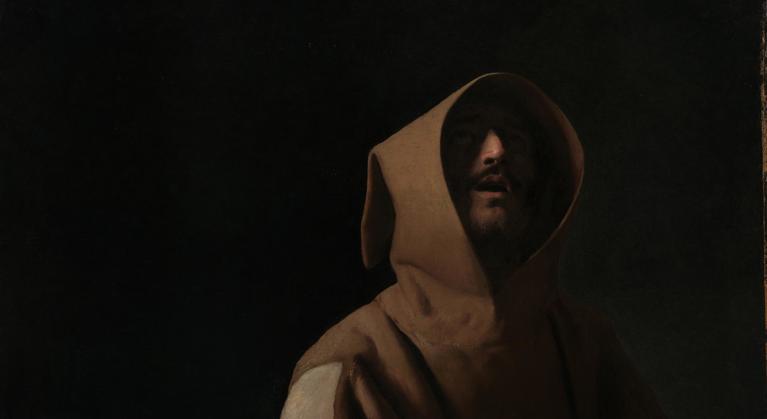
In the southern Netherlands, Peter Paul Rubens was the pre-eminent figure – painter, diplomat and superb colourist. His links with the Habsburg monarchs took him to Madrid, where Diego Velasquez was court painter.
We will explore the world of Spanish painting, including the work of Zurbarán and Murillo and look at the influence of these painters on artists of the 19th and 20th centuries.
Week 5: Dealers, markets and collectors
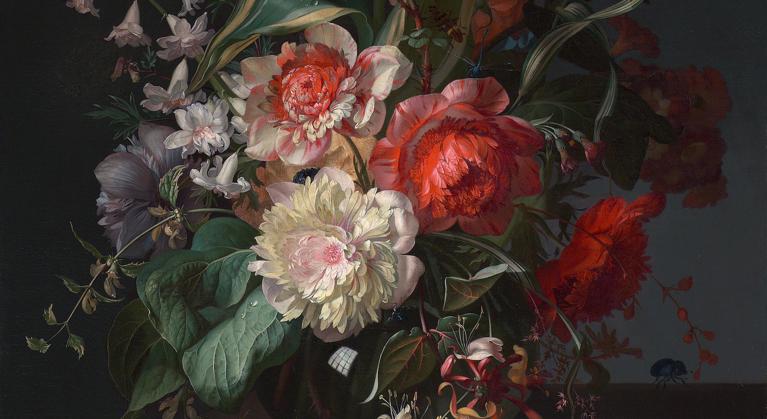
With new forms of painting and subject matter came new ways of working with artists. Dealers and ‘middle-men’ began trading art as a commodity, using their expertise to help buyers and collectors acquire the works they desired.
As we look at this new form of trade, we will also consider the changing role of women in the art world, meeting artists such as Mary Beale, Maria Merian and Rachel Ruysch.
Week 6: Order restored
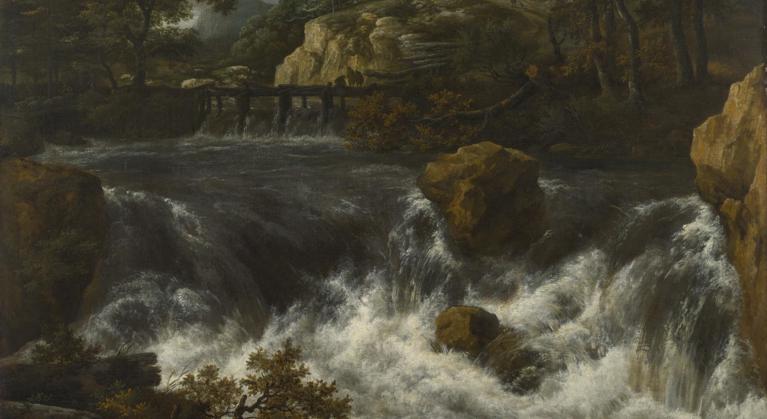
As the century draws to its close, we will look at landscape, from the idyllic visions of Claude Lorrain and Nicolas Poussin, infused with classical grace, to the realism of Dutch masters such as Cuyp and Ruisdael.
We will also consider the ways in which urban landscapes were being remade, as architects such as Bernini and Sir Christopher Wren created modern cities to rival the Paris of Louis XIV.
Your Tutor
Jo Walton is an art historian and lecturer specialising in the art and architecture of the Italian Renaissance and on aspects of British art of the 20th century. She has worked extensively with The Arts Society, The Art Fund, and local art groups around the UK.
Watch Again
Can't make Wednesday evenings but don't want to miss out? No problem, you can watch again.
Each session is recorded and made available to you for the duration of the course, up until 2 weeks after the final session.
A video of the week's lecture will be uploaded and available for you to watch via your National Gallery account on Friday afternoons, in time for the weekend.
Format
Each session lasts for 2 hours and includes a lecture delivered by the course lecturer followed by a short break and further discussion.
Time will be allowed for questions and discussion via Q&A.
Handouts will be available via your National Gallery account on Tuesday mornings.
Optional homework is provided to help you prepare for the following week's session.
Booking Information
This is an online ticketed course hosted on Zoom. Please book a ticket to access the course. Only one ticket can be booked per account.
You will be emailed an E-ticket with instructions on how to access the course via your National Gallery account. All course information including your Zoom link, weekly handouts, and recordings will be available here.
Your link will be valid for the duration of the course.
Booking after the course has started
You are welcome to join the module at any point during its six-week run. You will gain access to all the recordings until two weeks after the final session.
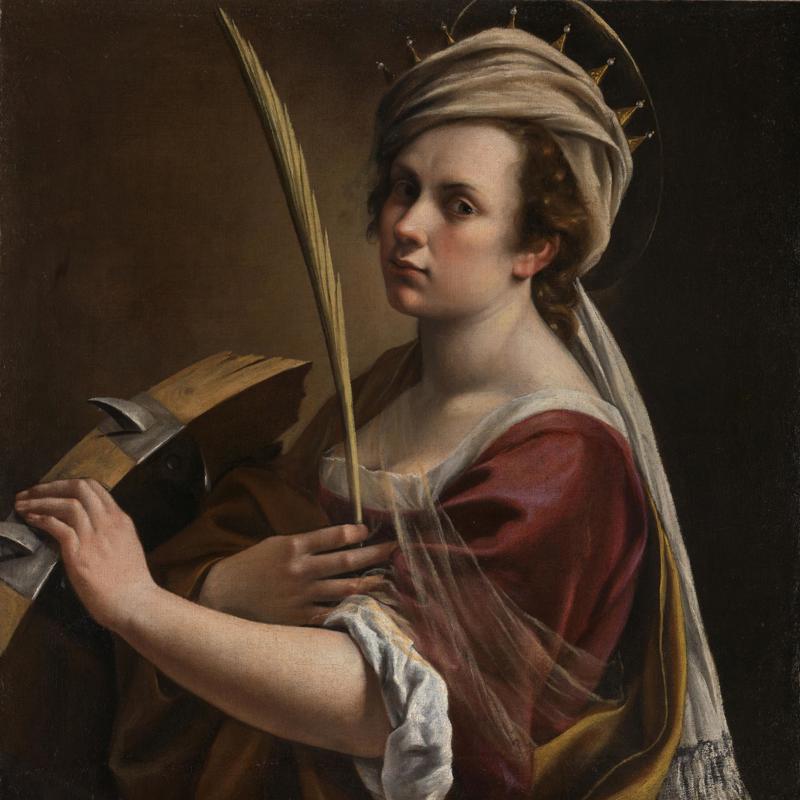


Stories of art: 1600-1700
Enrol
Standard: £90
Concessions: £85.50
Please book a ticket to access the event. You will receive an E-ticket with instructions on how to access your online events, films and resources via your National Gallery account.
Please note, only one ticket can be booked per account.
Concessions are for full-time students, jobseekers, and disabled adults.
